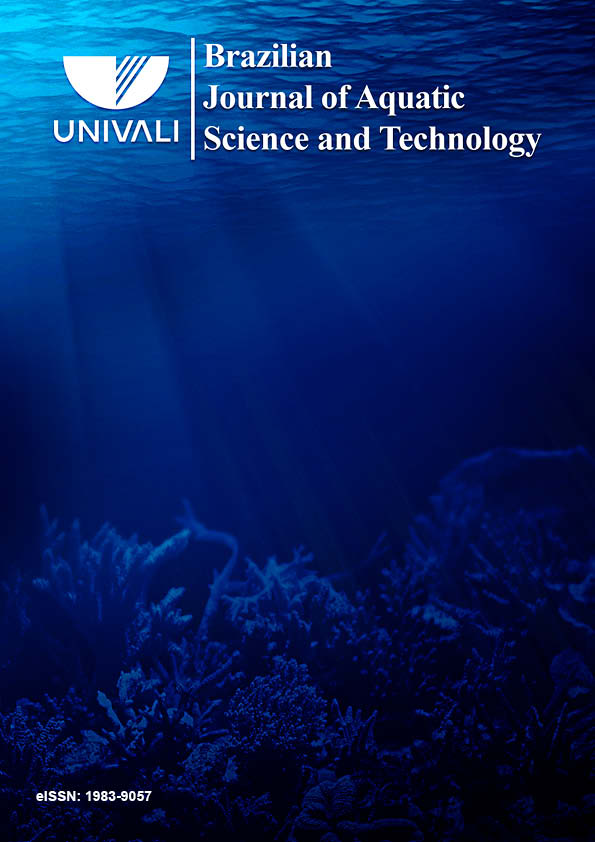Characterization of acidophilic bacteria related to Acidiphilium cryptum from a coal-mining-impacted river of South Brazil
DOI:
https://doi.org/10.14210/bjast.v20n2.7857Abstract
Three acidophilic bacteria were isolated from water and sediment samples collected at a coal mining-impacted river, Rio Sangão, located in the city of Criciúma, Santa Catarina state, in south Brazil. These microorganisms were isolated in acid media and were phylogenetic related to the species Acidiphilium cryptum by its 16s rRNA gene sequences, although they differ from this species in the assimilation of some carbon sources. The optimum and the maximum pH for growth of all strains were nearly 3.0 and 5.0-6.0, respectively. Two of the strains were slightly more acidophilic, with the minimum pH for growth of 2.0. All strains also tolerate the four tested metals (Ni, Zn, Cu and Se) at variable concentrations, with LAMA 1486 being the most metal-resistant strain. These bacteria may belong to different ecotypes of A. cryptum, or even represent new species in the genus. Besides they bear characteristics that make them useful in the development of bioremediation process, for the treatment of sites contaminated with multiple toxic metals, including coal mining drainageDownloads
Published
Issue
Section
License
Authors who publish with this journal agree to the following terms:
1. Authors retain copyright and grant the journal right of first publication with the work simultaneously licensed under a Creative Commons Attribution License that allows others to share the work with an acknowledgement of the work's authorship and initial publication in this journal.
2. Authors are able to enter into separate, additional contractual arrangements for the non-exclusive distribution of the journal's published version of the work (e.g., post it to an institutional repository or publish it in a book), with an acknowledgement of its initial publication in this journal.
3. Authors are permitted and encouraged to post their work online (e.g., in institutional repositories or on their website) prior to and during the submission process, as it can lead to productive exchanges, as well as earlier and greater citation of published work (See The Effect of Open Access).

